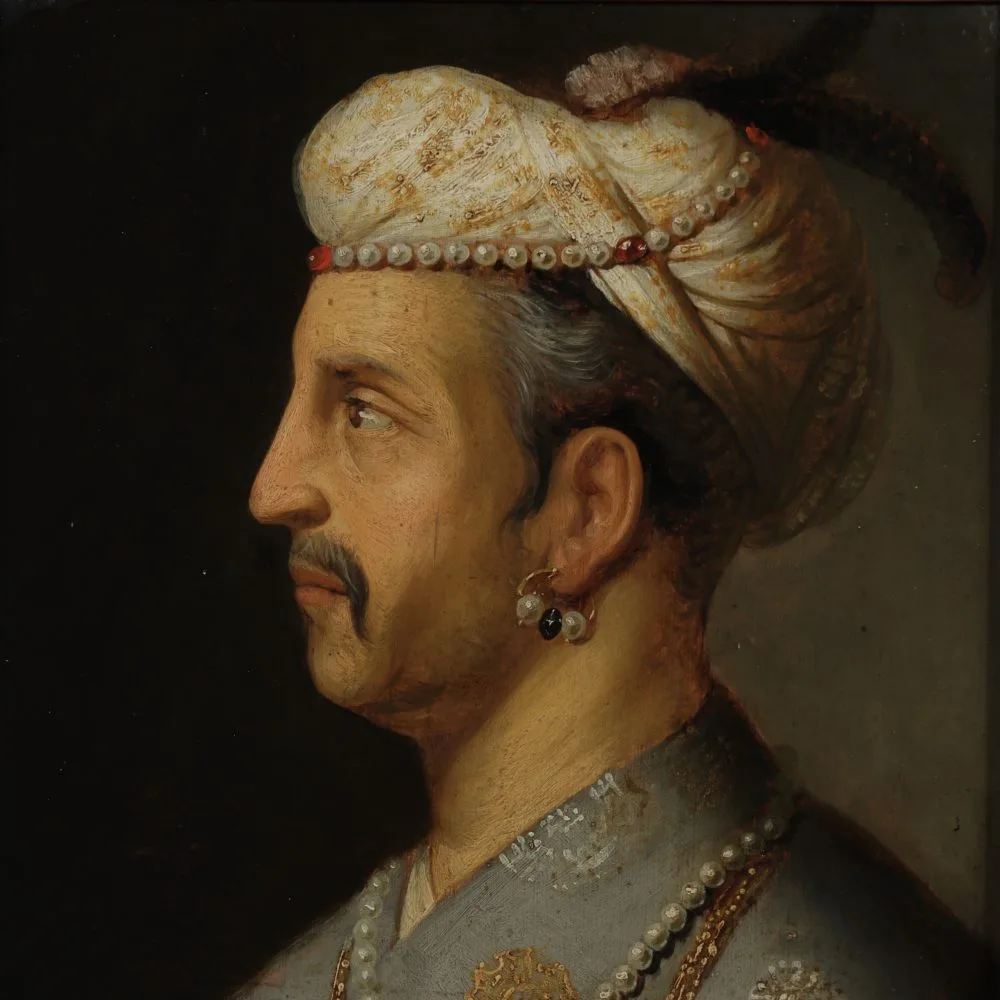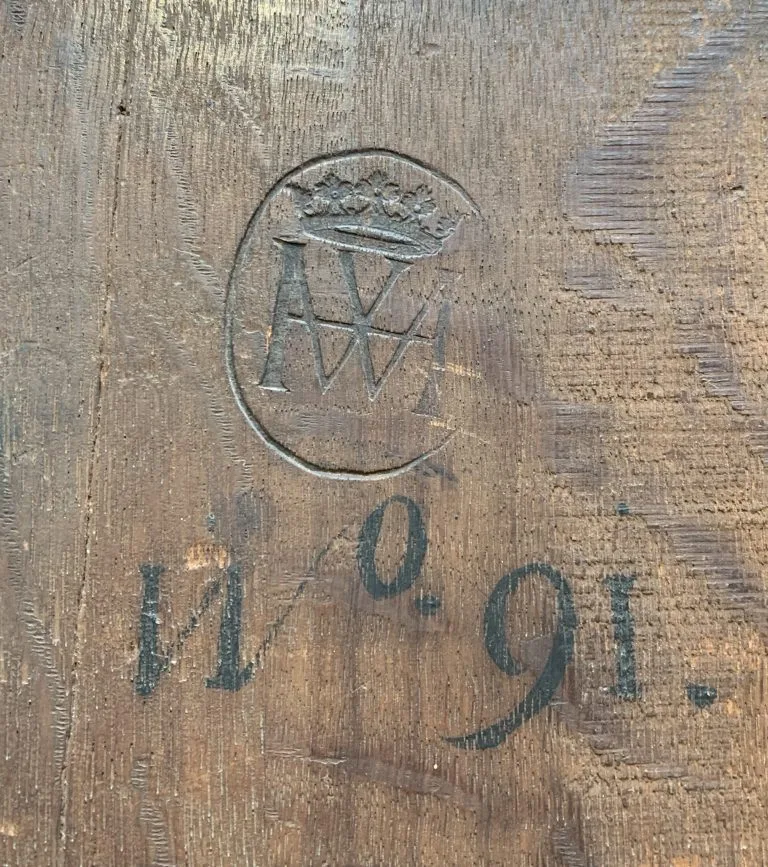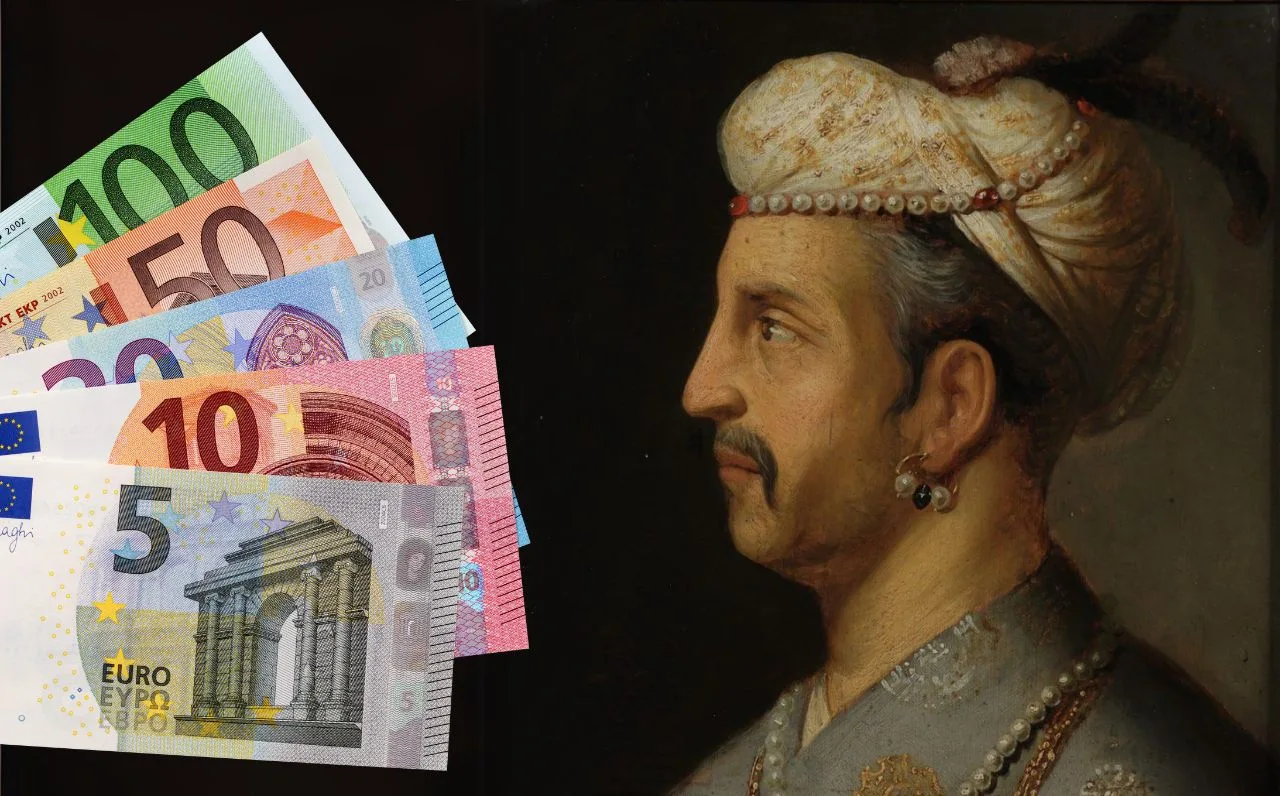In May, auctioneers Campo & Campo, based in Antwerp, concluded an auction with a spectacular finale. Initially priced at €4,000, the painting sparked significant excitement, driving the final bid to an astonishing €3 million. The reason for the intense interest in the artwork was not immediately apparent.
The Antwerp-based auction house received the painting from a private individual. The origins of the painting are shrouded in mystery, as its artist, date of creation, and the exact identity of the depicted sultan remain unknown. The initial estimated price of the painting was between €500 and €700.

Campo & Campo had the painting assessed by an expert in Old Masters, but the mystery remained unresolved. However, it was soon clear to Guy Campo and his team at Campo & Campo that there was something special about the painting. On the back side of the painting, they found a stamp which suggested the painting once belonged to William III’s collection. Mr. Campo described the situation as having some intrigue but lacking clarity. Due to time constraints, they couldn’t investigate further. Despite this, they cautiously raised the starting price from €2,000 to 4,000.
William III was a Dutch Stadtholder from the House of Orange. He was born in the Hague in 1650. As Prince of Orange, he governed the Netherlands and later became the King of England, Scotland, and Ireland along with his wife Mary following the Glorious Revolution of 1688.

Once the auction was announced, it immediately garnered significant interest, indicating to the auctioneers that the painting held more significance than initially perceived. Campo expressed enthusiastically, “Everybody who is anybody in this world made enquiries.”
Campo noted that when such an item is listed for auction and displayed in the catalogue, it becomes visible to everyone, allowing potential buyers to visit and inspect it. He added that prospective buyers requested phone lines for bidding remotely and internet access to participate in the auction online, highlighting their eagerness to bid higher.
The final sale price far exceeded this initial estimate. Guy Campo remarked that while they couldn’t fully research the painting, the market ultimately determines its value. The buyer’s identity remains undisclosed, prolonging the mystery surrounding the artwork.
Guy Campo describes the auction as a singular event in his 42-year tenure running the auction house, saying, “I would never have dared to dream of this. It happens that you reach 200,000 euros from a starting price of 5,000 euros, but 3 million, that’s actually absurd. It does, however, show that even as a ‘small’ auction house from a little country like Belgium, we can still compete with the big players on the international market.”
